British gardens are key habitats for bees and butterflies and gardeners can do a lot to attract wildlife and help the decline in pollinators. An increase in beneficial insects can mean fewer pests, too. Our guide to attracting wildlife into the garden gives advice on ecological design, the best plants for pollinators and stylish container displays for beneficial insects.
If a plant is listed as pollinator friendly, it means it will provide nectar and pollen for pollinating insects such as bees and butterflies. It also refers to the shape of the flower and how the plant has been grown. Pollinator-plants will often have trumpet-shaped blooms or single flowers for insects to crawl into and land on, and mostly free from pesticides. Look out for the Royal Horticultural Society’s Plants for Pollinators symbol at garden centres and plant nurseries if you want reassurance that you’re buying the best plants for garden wildlife.
Here is our guide to attracting wildlife into the garden, with advice on pollinator-friendly plants and how to improve wildlife habitats through considered garden design.
How to attract wildlife to your garden
There are lots of ways to encourage wildlife into the garden, from simply planting a range of different flowering plants, to building an insect hotel or introducing a bird feeder. Here are a few ideas to get you started.
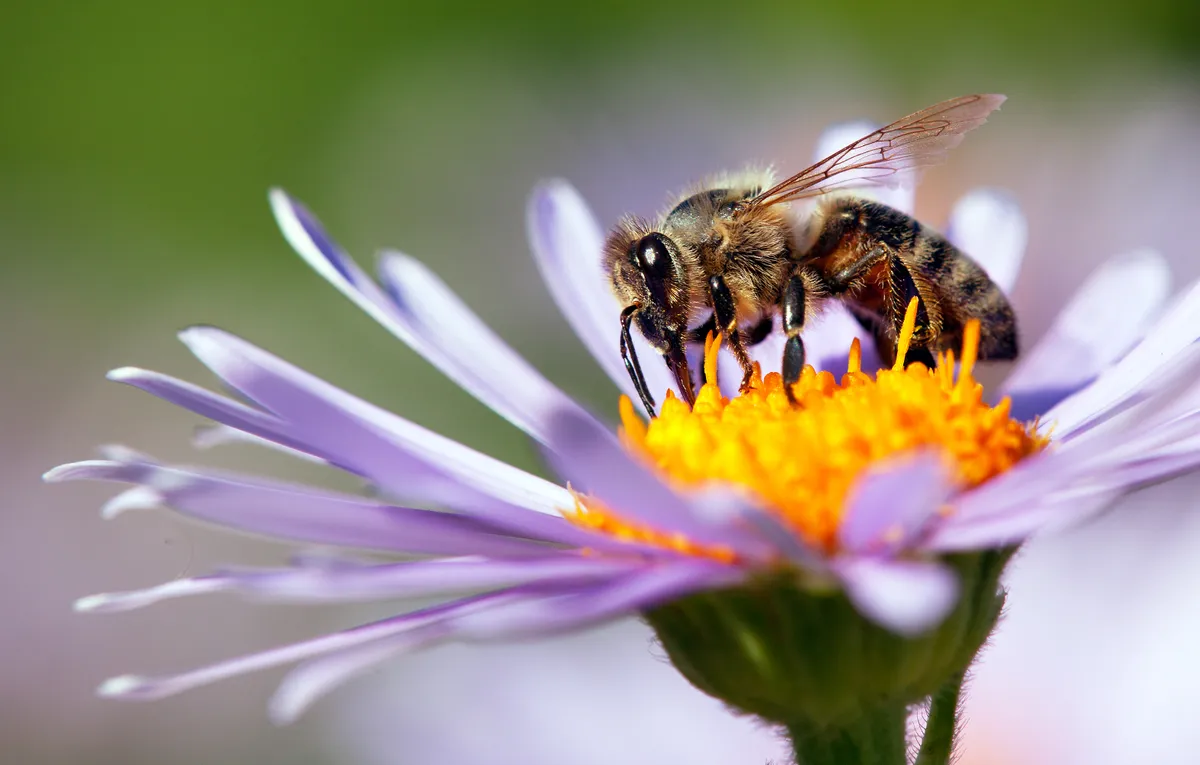
Grow a range of bee and butterfly-loving plants and flowers
- Make sure the plants have different flower shapes to invite a whole host of beneficial insects into the garden. Salvias or Verbena bonariensis attract butterflies and bees, and trees and evergreen or flowering shrubs that will provide shelter for birds. Try to leave a patch of nettles, as they are beneficial as food to caterpillars. Here's our list of the best plants for bees, and the best plants for butterflies.
Leave seeds head up over winter for insects
- In winter, leave architectural seed heads for birds to feed on and plants with strong stems are perfect for hibernating beetles and solitary bees.
Look for plants that bees will love - full of pollen
- Avoid sterile plants with little or no pollen. These are often double flowered cultivars.
Build a pond
- Build a pond for frogs. They’ll eat the slugs attacking your lettuce. Make sure small animals can get out of the pond easily by creating a boggy area around it. We love these garden design ideas on ponds and pools.
Make space for insect hotels and bird boxes
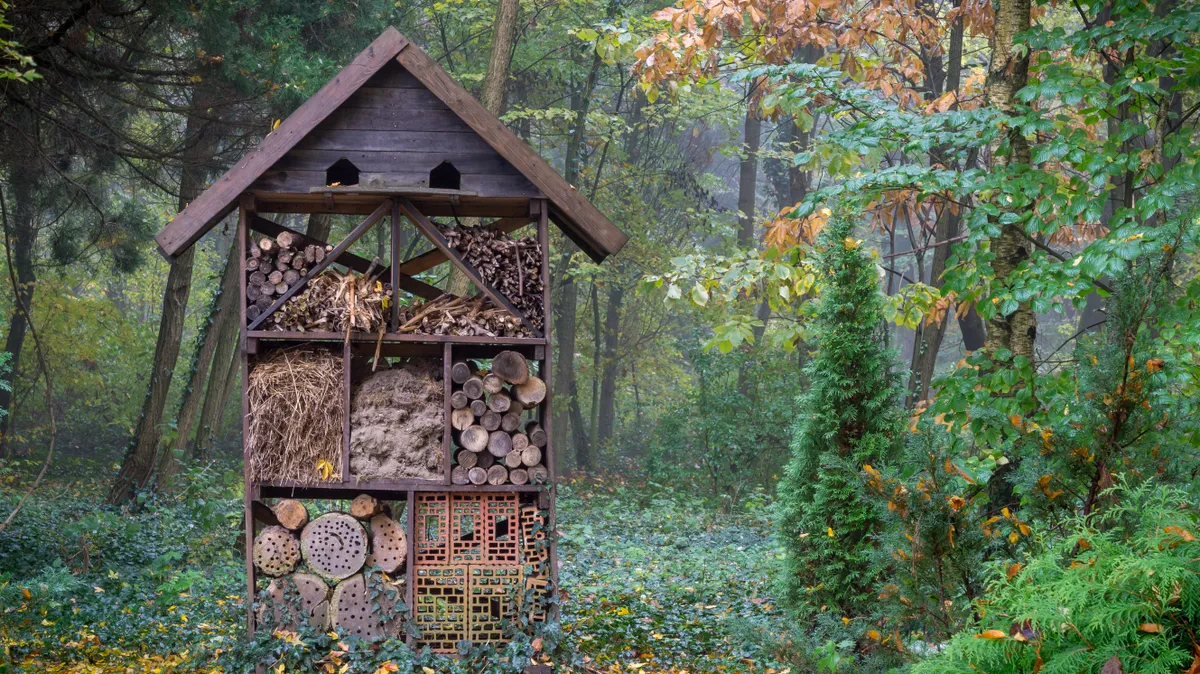
Hedgehog houses, insect hotels and bird boxes are all easy to add to the garden and are invaluable to hibernating wildlife and nesting birds. Don't miss our guide on how to build a bug hotel, and here are our favourite insect hotels to buy. Bird boxes are a great way to get birds to stick around too.
Plant for the birds
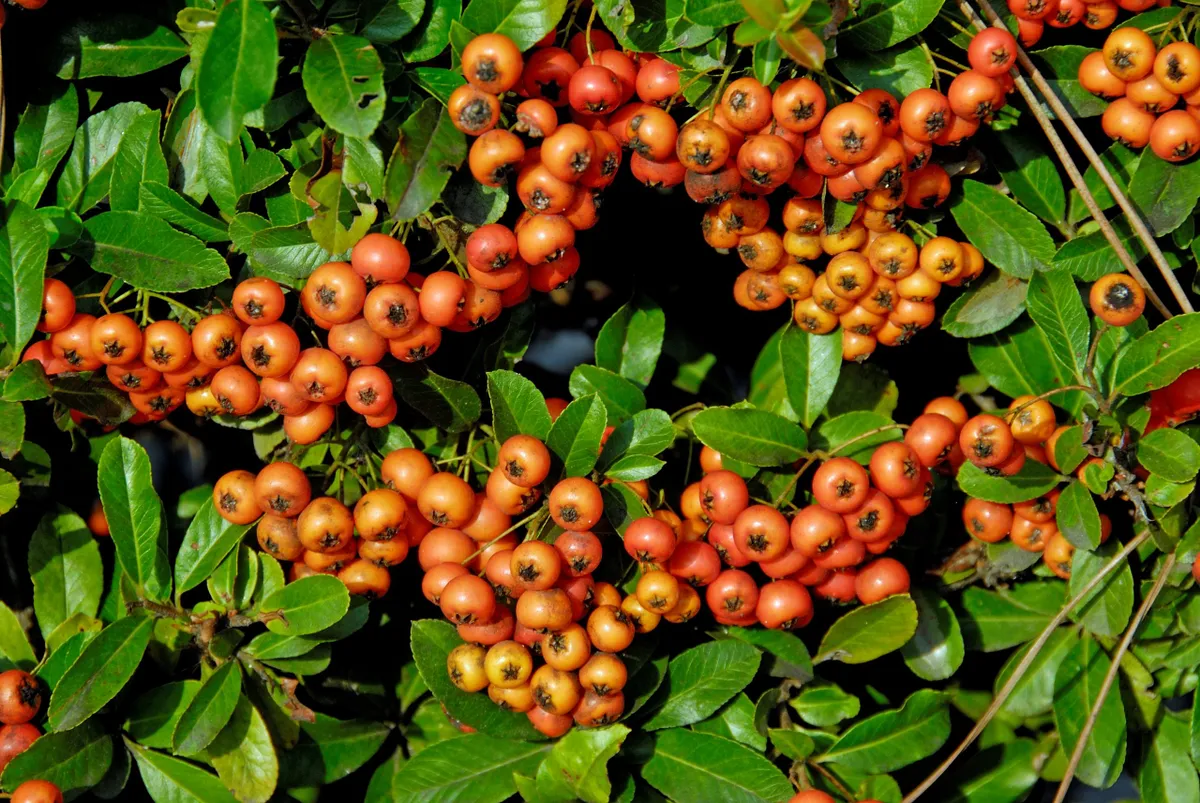
Planting a hedgerow a bird can eat could get them through winter. We have a great guide on the best plants for birds.
Make sure you plant with biodiversity in mind
- Enhance biodiversity. Don’t tidy your garden too much. In autumn, leave all plants and leaves that have died off and don’t start clearing them up until February. The dead plant material offers protection against frost and shelter for insects and other small animals. Most insects like cool, moist conditions, but bees prefer a sunny spot.
Never use pesticides
If you're looking for tips on how to control things like slugs, our piece from organic grower Poppy Okotcha explains how you can do that without nasty pesticides.
Aim for ladybirds
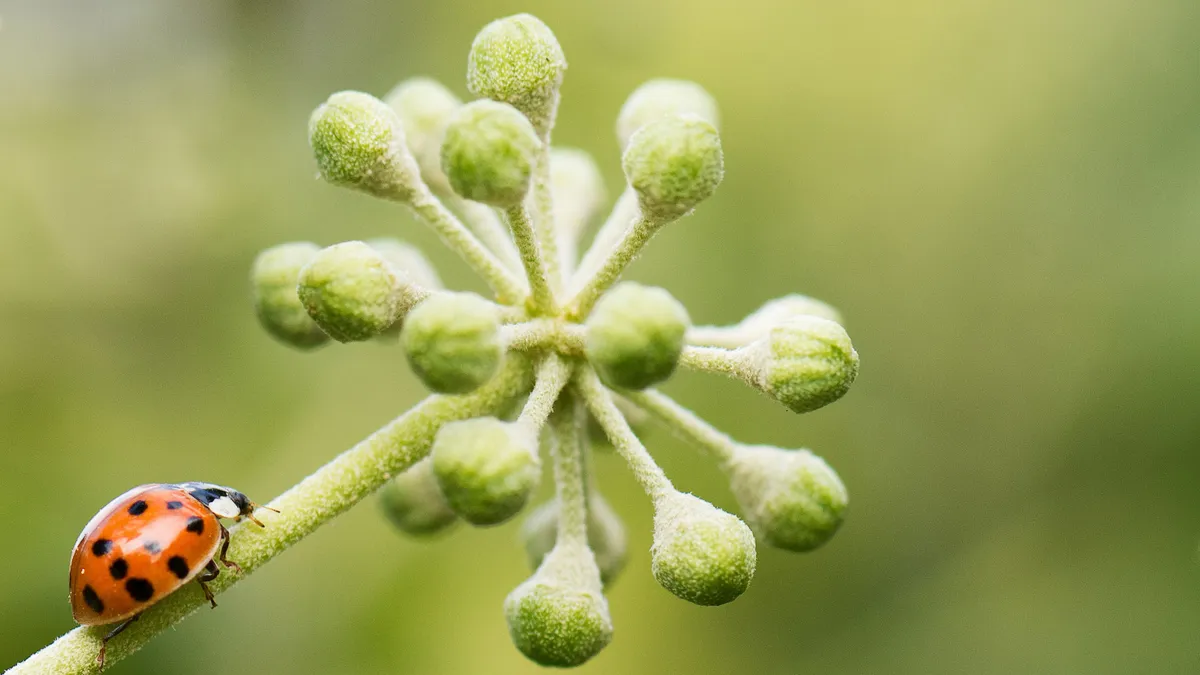
- There are several pollen plants that attract ladybugs that tend to be yellow and white, such as Angelica, Cosmos and Fennel.
- Plant decoy plants that will attract aphids away from your desired bug free plants until the ladybugs remove them for you. Aphid attracting decoy plants could include: Early Cabbage, Marigold and Radish.
Ladybugs eat two things: insect pests and pollen, and there are several pollen plants that ladybugs like, including: Calendula, Chives, Cosmos and Marigold.
Attracting bats to your garden
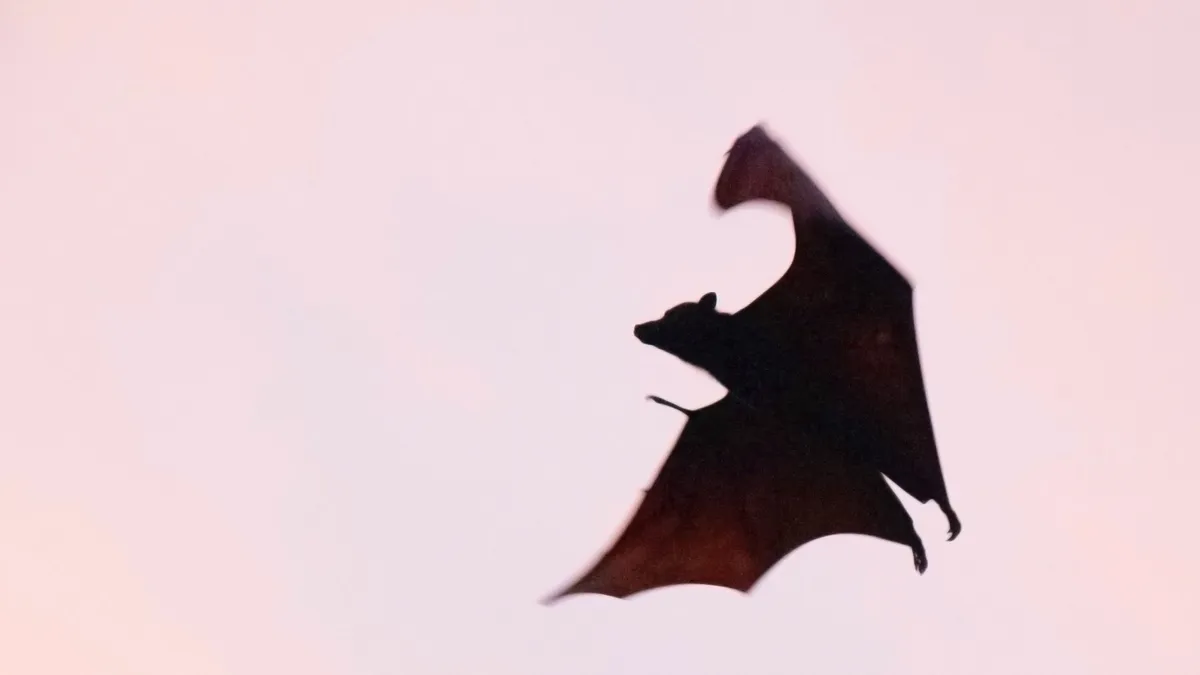
Did you know that attracting bats to your garden is one of the safest and most efficient methods for natural insect control? One little brown bat can eat 1,200 insects per hour.
A great bat attracting method is to build a bat house to provide a warm cosy shelter for the creatures. Since bats tend to set up colonies in the early spring, building a bat house is the perfect winter project! Some tips are:
- Use a rough, nontoxic wood (such as plywood or cedar) to make your box. The rough surface will make it easier for bats to climb in and out of the house.
- Place in a warm, sunny position for warmth
- Keep it close to a freshwater source (pond, stream)
- Support on a pole or the side of a building.
The key to attracting bats to your garden is to plant night-scented flowers, such as Yucca and Evening Primrose.
Attracting frogs to your garden
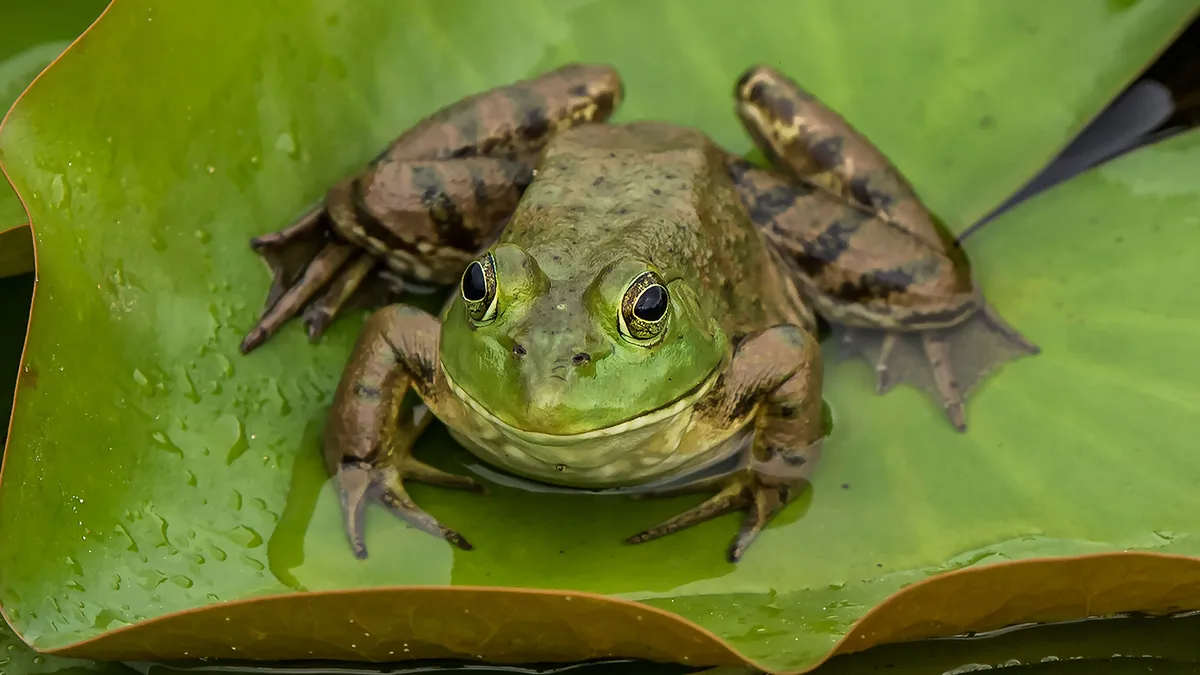
Attracting frogs to your garden is beneficial for the welfare of your plants. Frogs make great insect killers so why not attract some garden frogs to help with those little pests.
- Build toad houses – overturned flower pots buried lightly in the soil make great shelters.
- Avoid using pesticides in your garden. Frogs are sensitive to chemicals so use natural sources of nutrients in your garden such as compost.
- Keep pets away from the part of the garden set up for attracting frogs.
Toads and female frogs usually spend winter on land, under rockery stones (or in a log pile). Recommended rock plants are: Aubretia, Hardy Geraniums and Sedums.
Wildlife-friendly container display

If you want your garden to benefit pollinating insects like bees and butterflies but worry your garden isn't big enough for swathes of planting, consider creating a pot display. Containers planted with plants that attract wildlife suit a garden of any size. Try this gorgeous example.
The best seed heads for winter structure

Seedheads glistening with frost play an important part in bringing structural winter interest to the garden as well as providing food for birds and insects. For our recommended list of the best seedheads to create and eye-catching display in winter, click here.
Appreciate spiders in the garden
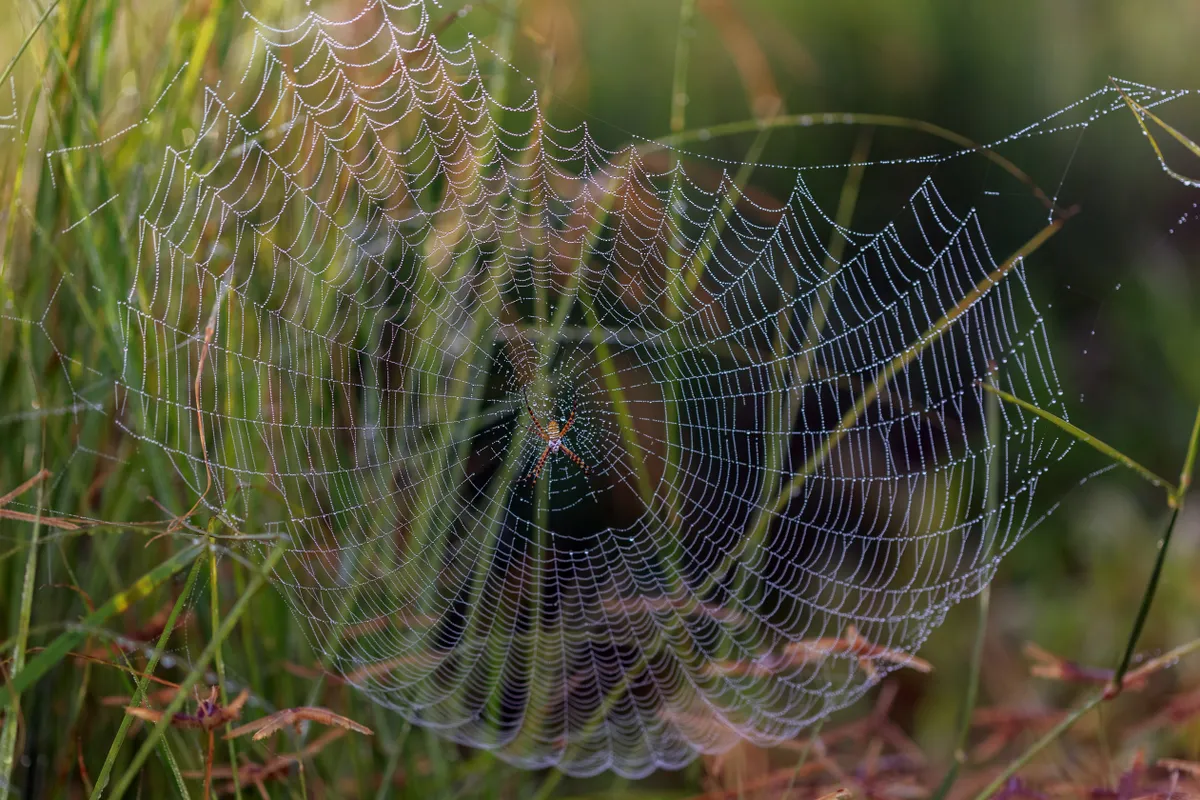
A healthy spider population will help reduce pest insects and should be welcome in any garden. Spiders obviously make no distinction between pests and helpful insects like hoverflies and bees, but they help maintain a natural balance wherever they are. Find out how to appreciate the spiders in your garden.
Improve your soil
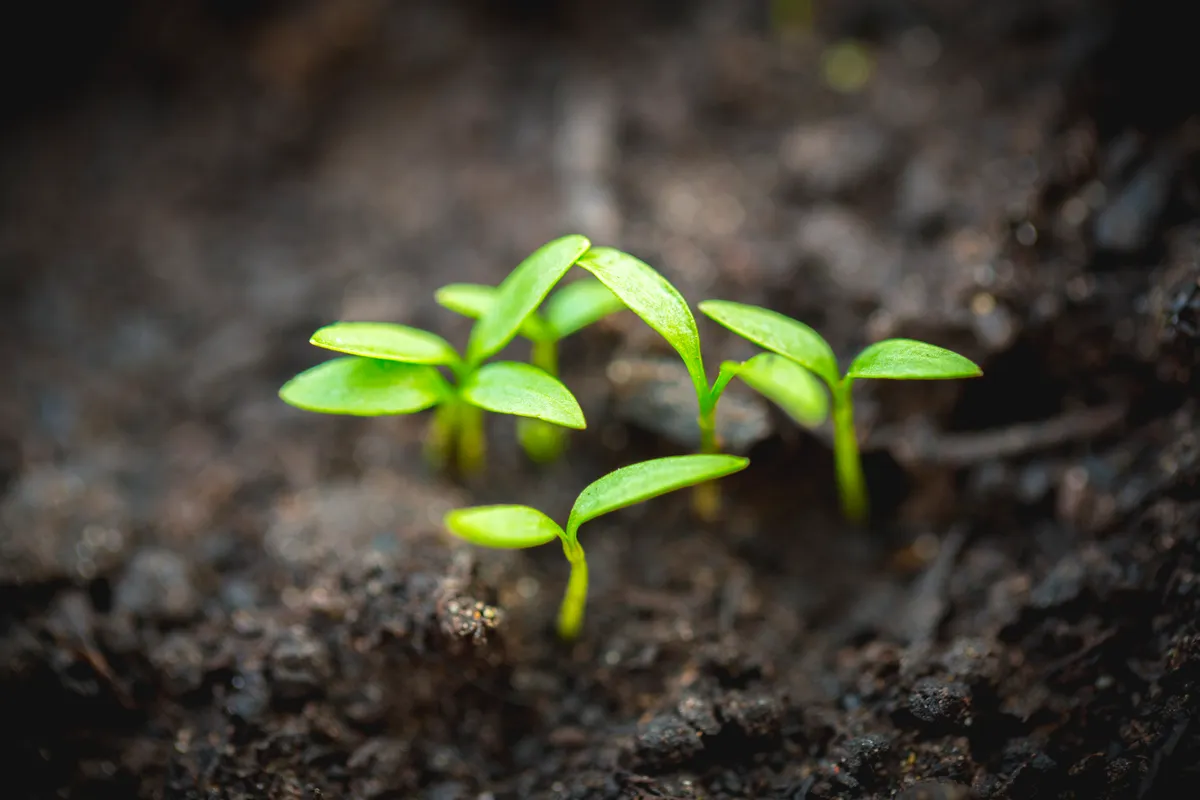
No-dig gardener Charles Dowding explains why caring for the soil in your garden is just as important as caring for the plants you grow in it. Nurture your soil and you nurture the helpful organisms living in it, such as earthworms and beneficial fungi and bacteria.